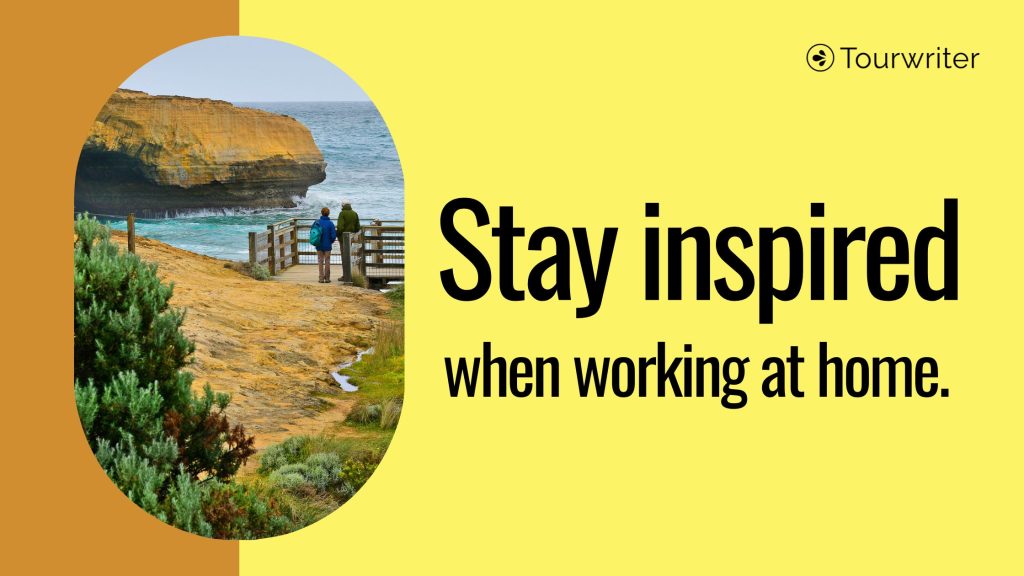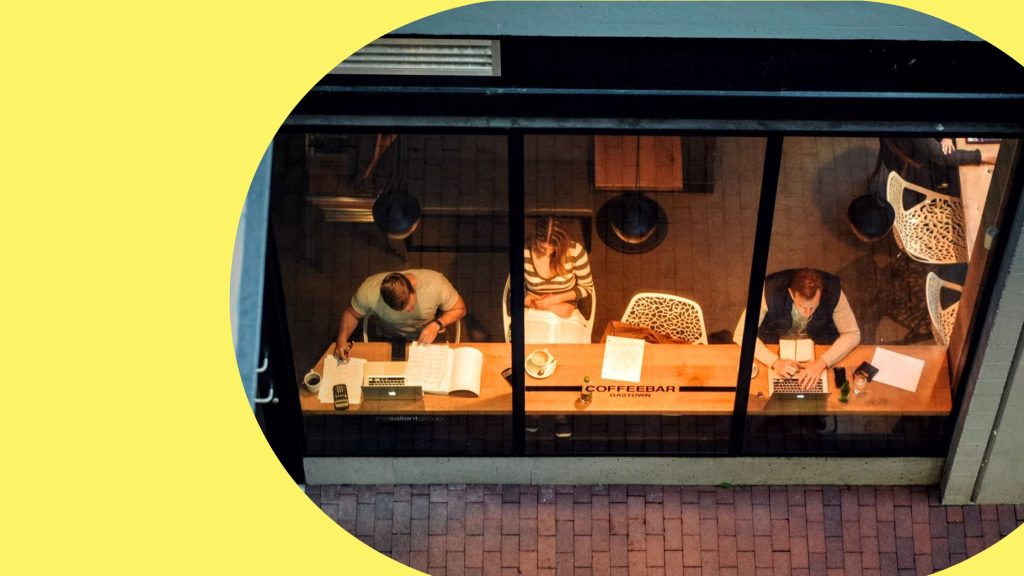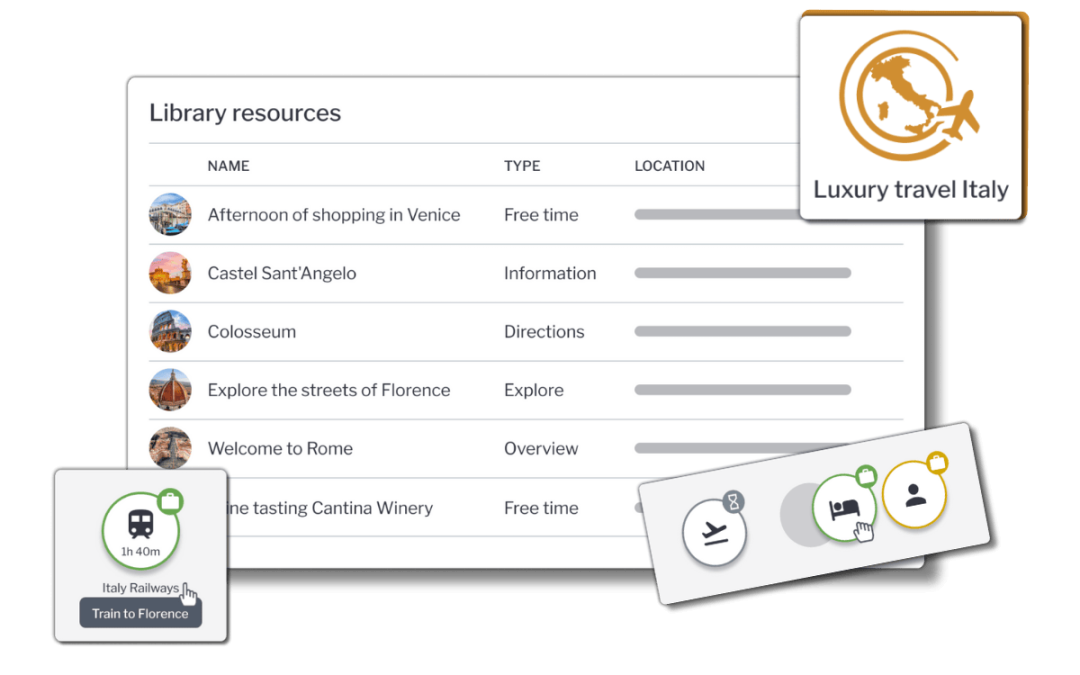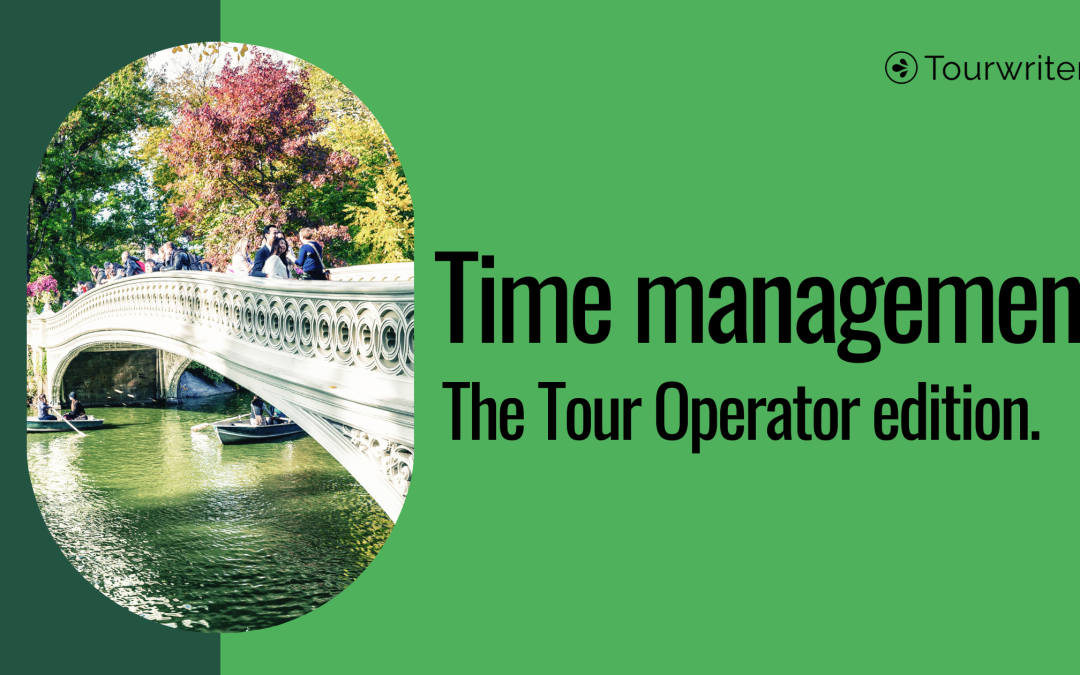How to inspire creative travel design when working from home.

Introduction
Whilst many of the changes that were implemented in our lives over the pandemic have dissipated, a switch to flexible working practices seems to be here to stay. Many companies across a range of industries took the opportunity to switch away from office working, opting for fully remote work, or a hotdesking format.
Case studies show us that this style of working has a whole host of benefits for employees, and for companies. Employees relish having more autonomy over their workday, and are subsequently more productive. Companies save a multitude of costs associated with renting office space, whether they eliminate it completely, or just scale down.
However, that’s not to say that there aren’t issues with remote working, and nurturing creativity is one of them. Travel designers spend their day problem-solving and crafting inspirational travel experiences for their clients. Bringing a little creative flair into your itineraries might be the difference between securing a booking or not.
What is creativity and how do we foster it?
Creativity is not just limited to artistic endeavours. Being creative is about unleashing unique ideas, thinking outside the box, making connections, and approaching problems from varying perspectives. For a travel designer, being creative is essential. Whether it’s conjuring a solution to a client’s unique request, populating an itinerary with stunning imagery, or writing activity descriptions that inspire, fostering creativity is a priority.
Here are our top five recommendations for sparking creativity whilst working remotely as a travel designer.

Get inspired.
As a travel designer, drawing inspiration from other sources becomes the key to crafting remarkable itineraries. Taking some time each week to do a little at home research will allow you to craft itineraries with a touch of authenticity and a deep understanding of the destinations you recommend to your clients.
The possibilities are endless:
- Virtual tours are a fantastic way to become familiar with an area
- Looking back at your own travel memories might help you pass some of that wanderlust to your own clients.
- Engaging with travel books and blogs can “transport” you away from your home office.
- Online travel communities provide a fantastic opportunity to gain firsthand insights from those who have experienced these journeys themselves.
- Online travel designer communities on Facebook or Reddit are great ways to give and get inspiration from like minded travel creators
- Attending virtual workshops and webinars can help you stay updated on travel trends, destinations, and industry best practices.
Be flexible.
There’s nothing worse for creativity than staring at the same piece of wall all day. Changing up your work environment does wonders for producing new ideas, and giving you energy to tackle those difficult tasks. If your workspace allows it, move around from place to place during the day; from the desk, to the kitchen bench, or maybe even the couch! You could work from your local coffee shop for a couple of hours, or utilise a public library. Seek out shared creative spaces in your area to infuse fresh energy into your daily routine. If you have colleagues near you that also work remotely, how about setting up a collaborative office space together?
Of course, this doesn’t always work if the nature of your job means you are always talking calls, or need more than one screen for your task. But, the good news is, it doesn’t have to be all or nothing. Block out an hour or so in the morning, for example, where you can sit in a café and complete your tasks that can be achieved with a laptop and a coffee.

Prioritise collaboration.
Connecting with colleagues is a powerful catalyst for nurturing creativity, even while working from home. Travel design is a complex process, and it’s important to gain constructive feedback to help you refine itineraries and increase your chances of securing the booking. In an office, these conversations might manifest as a quick chat at the lunch table, but when working remotely it’s important to be more purposeful about it.
Take the time to schedule virtual brainstorming sessions, or have a standing weekly check-in with colleagues. To borrow from the tech industry, it might be worthwhile to have a daily stand-up; a quick meeting where everyone briefly states what they are working on, and brings up any challenges they have.
Sometimes the best inspiration strikes when you’re having more casual conversations too. Take time to connect online with your colleagues and talk about what you’re working on. We know how creative tour operators are, spending some time chatting about your common passion for travel is bound to get the creative juices flowing.
Craft your space.
As we have already emphasised, where you are can have a significant impact on how you feel. Putting a little time and effort into making an area feel like a workspace, rather than the corner of your living room, or the spare bedroom, can make a world of difference.
We have collated some ideas below, but of course, it’s all about personal preference!
- Put up some travel photography to draw inspiration from.
- Customise your lighting to your ideal preference—no more office fluorescents that leave you feeling tired!
- Research shows that natural elements create a calming effect and can inspire creativity. Add some potted plants, and let the natural light in if you can.
- Invest in comfort. There’s nothing worse than trying to concentrate when you aren’t comfortable. As travel designers you might be sitting at a desk for a long time, so make sure your space is equipped to help you be at your creative best. The most important aspect is a comfortable chair that is good for your posture.
- Another perk about being in your own space is you can listen to your own music – which has again been proven to promote creative thinking.
- As travel designers work extensively with digital tools and software, ensuring a reliable technology setup is crucial. Whether it’s efficient software or superior hardware, taking the hassle out of your day-to-day leaves you headspace to tap into your creative potential.

Take a moment.
Intensity is often synonymous with the world of travel design, especially when you are in the midst of peak season. While stress and pressure can sometimes drive productivity, it can also be a huge block for imagination. When you’re feeling relaxed and not bogged down by stress, your brain becomes a hotbed of creativity!
Robust research demonstrates that we work best in bursts, with regular short breaks. Doing so allows us to be more productive, flexible, and creative. However, we also know that remote workers tend to lack those shorter breaks that might come naturally in the office. For example, a coworker walking past your desk for a brief chat, or getting up to make a coffee provides our brain with the essential downtime it needs to recharge, refocus, and ultimately boost overall productivity and creativity. It’s really important that when you are working from home without those interruptions, that you take the time to create designated breaks and step away from the computer. It might sound counter-productive but stress and burnout are creativity killers! Here are our top-tips:
- The Pomodoro Technique is a tried and tested method for sustained productivity – use the free, online Pomofocus tool to help you.
- Create a relaxation area within your office. This could be a cozy reading nook, a yoga corner, or a mini meditation space. Taking short breaks in this zone can help clear the mind and foster fresh ideas.
- Step away from the computer for a couple of minutes after Zoom calls. If you were in the office you would have the time to walk back to your desk. Emulate this by moving away, taking a breath, and then getting back to it!
- Integrate energising movements like stretching, light exercises, or a quick walk around the house. Physical activity stimulates blood flow, boosts energy levels, and improves focus.
- Remember the Wordle craze? Challenging your mind in a playful way can spark creativity and improve problem-solving skills. If Wordle isn’t your thing, there are lots of alternatives.
To conclude, remote work has opened up new opportunities for travel designers to embrace creativity from the comfort of their home offices. Embracing flexibility, remote collaboration, and continuous learning can ensure that your travel designs remain innovative, authentic, and deeply connected to the ever-evolving world of travel.




